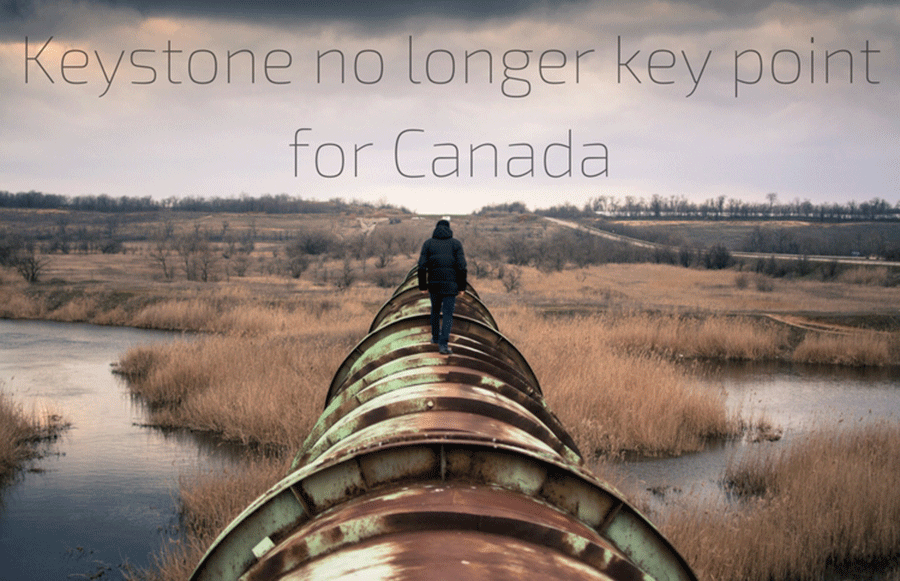Keystone No Longer Key for Canada
March 8, 2017
President Trump has signed many executive orders since he was sworn into office on Jan. 20. One of these was reinstating the TransCanada Keystone XL Pipeline and the Dakota Access Pipeline.
President Obama declined to sign the executive order for Keystone XL in 2015. Originally, the Canadian National Energy Board had approved the pipeline in March 2010, but Obama did not issue the permit, asserting that it would undermine America’s goal of reducing reliance on fossil fuels. The Environmental Protection Agency had also advised him to deny its approval.
The Keystone XL pipeline was supposed to be a 1,179-mile pipeline from Alberta, Canada, to Steele City, Nebraska, that would connect to the already operational pipe at Keystone. The pipeline is said to be able to transport over 800,000 barrels of oil a day.
The need for the pipeline is due to a surplus of oil from Canada that would allow less of a dependence on oil from the Middle East.
According to a Conference Board of Canada research note, the pipeline would make around $2.4 billion a year for Canada since it would provide cheaper shipping and a new outlet for oil sands production.
According to a State Department assessment under the Obama Administration, it was found that the pipeline would create close to 2,000 jobs for a two-year period and would generate 50 permanent jobs. President Trump, however, claims that the pipeline will create 28,000 jobs.
Although Canadian officials were originally in support of the pipeline, there has now been a change of heart. Jim Carr, the Federal Natural Resources Minister of Canada, says that Canada now has a new plan for exporting oil, and the Keystone XL pipeline isn’t as much of a priority. “It doesn’t get oil to export to markets in Asia,” Carr told CBC News.
U.S. pipelines are exporting the majority of Canada’s oil, but they are at capacity, causing a lot of the oil to go by rail, according to CBC News. “I think that if you listen to what the prime minister has said about moving our resources sustainably, the importance of responding to the demands in other export markets, and not to solely rely on one major market, that is the sensible approach to take and nothing has changed,” Carr said.
Another possible reason that Canada no longer wants this line is due to market competition. Canadian Association of Petroleum Producers spokeswoman Chelsie Klassen in an email to CBC said, “The United States is our industry’s largest customer, but also our largest competitor, and we will continue to advance the priorities that are important to Canadian producers.”
Jennifer Winter, who is the scientific director of energy and environmental policy at the University of Calgary, states that the priority for Canada’s government is to focus more on Canadian grounds for their exports. Other markets Canada is considering are in Asia.
Even with this viewpoint, the Canadian government has to resubmit the application for the pipeline to the United States even though they have an executive order, but analysts think it will take a few years for it to come into effect, leaving Canada some time for options.


